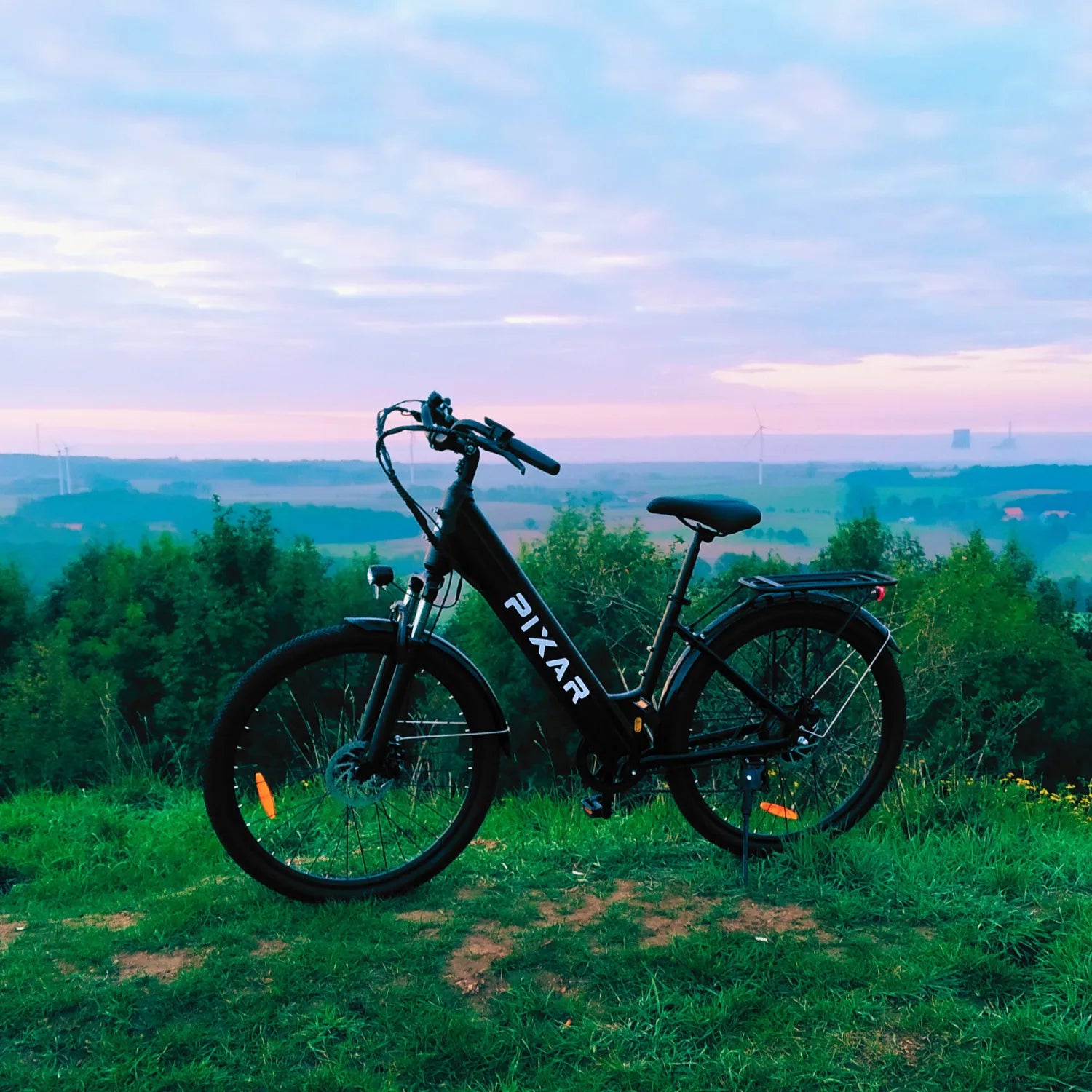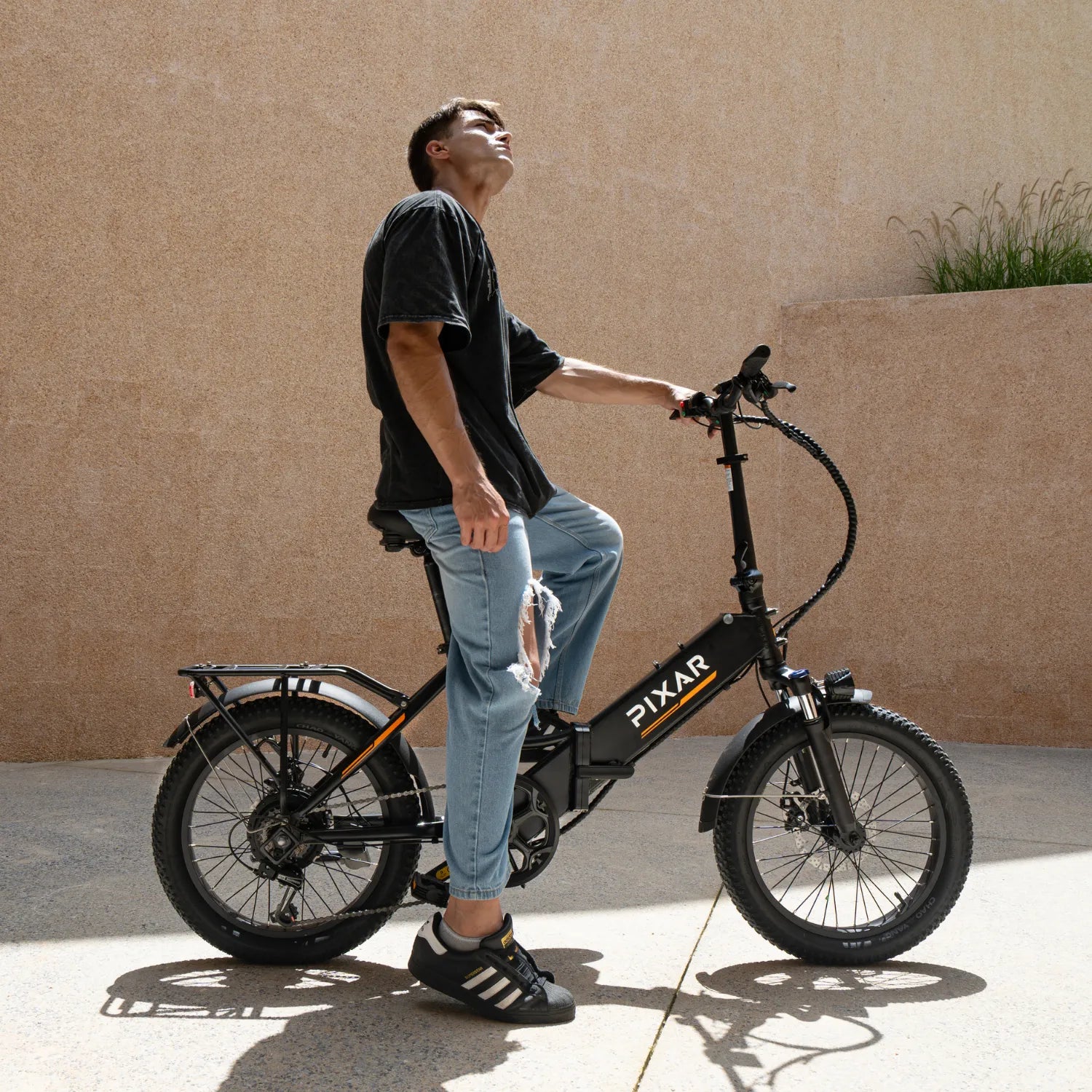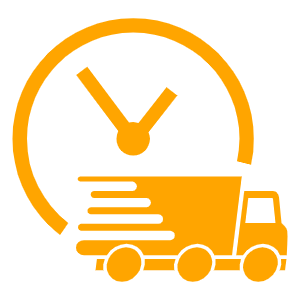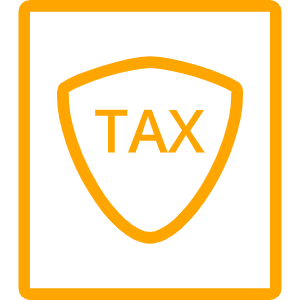How Electric Bikes Use Your Body’s Energy
How Many Calories Do You Burn Riding an E-Bike?
The exact number of calories burned depends on several factors: your riding style, terrain, pedaling frequency, assist level, and body weight. On average, you’ll burn 300 to 600 calories per hour—here’s how that breaks down:
- Moderate riding (medium assist): Cruising at a steady pace on flat ground burns about 300–400 calories per hour, similar to a relaxed but consistent recreational bike ride.
- Intense riding (higher assist or hills): Cranking up the assist for steep inclines or faster speeds pushes calorie burn to 600 calories per hour—your muscles work harder to keep up with speed or elevation, increasing effort.
- Challenging conditions: Riding in hilly terrain, wind, or rain also boosts calories. Your body uses extra energy to stabilize the bike and navigate tough conditions, even if the motor does most of the heavy lifting.
A Simple Formula to Estimate Calorie Burn
Want to guess how many calories you’re burning? Use this easy formula:
Calorie Burn = Riding Time (hours) × MET Value × Body Weight (kg)
- MET Value (Metabolic Equivalent): Measures activity intensity. For e-biking, MET ranges from 4 (light riding, low assist) to 8 (intense riding, hills or high assist).
- Body Weight: Your weight in kilograms.
How to Hit the Fat-Burning Zone on an E-Bike
The fat-burning zone is when your body uses mostly fat reserves for energy, typically 60–70% of your maximum heart rate. Here’s how to reach it with an e-bike:
- Stick to steady, moderate riding: Don’t go too fast or push too hard. Set the assist so you have to pedal consistently, but not to the point of exhaustion—this keeps your heart rate in the fat-burning range.
- Avoid excessive assist: High assist means the motor does most of the work, so your effort stays too low to hit the fat-burning zone. Opt for medium assist instead—you’ll ride longer and keep your heart rate up.
- Ride regularly: Aim for 3–4 sessions a week, each at least 30 minutes long. The longer you stay in the fat-burning zone, the more fat you’ll burn.
- Try interval training: Mix short bursts of high intensity (faster riding, higher assist) with recovery phases (slower riding, lower assist). This boosts overall calorie burn and speeds up fat loss.
How to Fit an E-Bike Into Daily Life
You don’t need to carve out “workout time”—integrate your e-bike into everyday tasks:
- Commute to work: Skip traffic, save on fuel, and squeeze in exercise before and after work.
- Run errands: Ride to the supermarket or pharmacy—no parking stress, and you’ll burn calories while checking off to-dos.
- Leisure time: Use it for weekend walks, trips to the park, or casual rides around the neighborhood—stay active while relaxing.
- Weekend getaways: Explore nature or nearby towns—many e-bikes have a 100km range, perfect for day trips that keep you moving.
E-Bike: A Trend or Long-Term Health Solution?
Physical Health Benefits
- The motor lets you ride longer, building endurance and strengthening muscles without overtaxing your body.
- It’s gentle on joints, making it a great option if you’re overweight or have joint pain (a kinder alternative to high-impact sports).
Mental Health Perks
- Cycling reduces stress, lifts your mood, and boosts well-being by triggering endorphin release—the “feel-good” hormones.
- Spending time outdoors (even on city streets) clears your mind and eases mental fatigue.
Easy Daily Integration
Since it fits into commutes, errands, and leisure, exercise becomes a habit—no need to schedule extra workouts.
Disease Prevention
Final Thoughts
An electric bike is a smart, sustainable way to lose weight and stay healthy. It’s joint-friendly, lets you adjust workout intensity for optimal fat burning, and fits seamlessly into daily life—so you can stick with it long-term. By riding regularly and making it part of your routine, you’ll enjoy lasting benefits for both your body and mind. Ready to turn every ride into a step toward a healthier you?















Leave a comment
This site is protected by hCaptcha and the hCaptcha Privacy Policy and Terms of Service apply.